Author: Shannan Muskopf
-
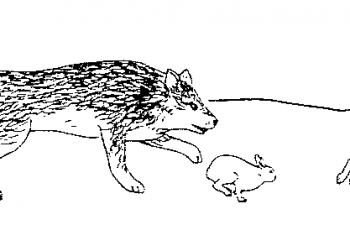
How Do Bunny Populations Change Over Time?
A set of images show how rabbits change over time as a result of selective pressure from wolf predation. Students match each graphic with one of the four steps of evolution on the VIDA chart: variation, inheritance, differential survival, and adaptation.
-

Dogs Decoded – Nova Video
One of my favorite evolutionary videos is this Nova production on dogs, called “Dogs Decoded.” This is a great program to bridge the topic of genetics to evolution. The program starts by examining the unique relationship humans have with dogs, and how dog evolution was shaped by that relationship.
-
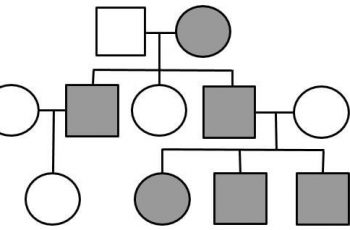
Pedigrees – Human Genetic Disorders
Students practice identifying genotypes on pedigree charts. Focus on human genetic diseases, such as albinism, dwarfism, tay-sachs, and sickle cell anemia.
-
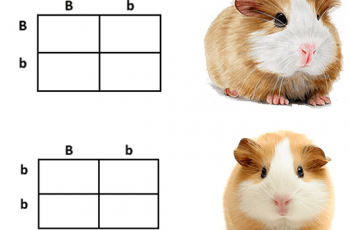
Genetics Practice Problems – Easy Mode
This worksheet was created for an introductory level biology class. This worksheet is designed to move through difficulty levels, so students start with “easy mode,” then moving to “normal” and then finally “hard mode.” Students can move at their own pace, which instructors can help students who are struggling.
-
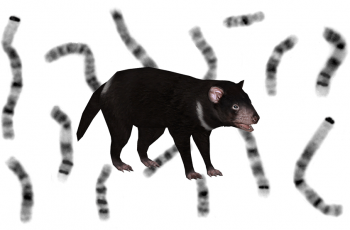
Karyotype of Tasmanian Devil Chromosomes
Students cut out each chromosome and organize them in pairs based on their patterns and size, they number them to determine the diploid number for the species and then consider a situation where the animal has an extra chromosome. Students must determine which set has the extra chromosome and consider the concept of trisomy.
-
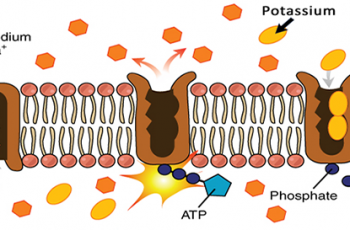
Cell Membrane Captions
Students examine images of transport across the cell membrane and identify key features such as the phospholipid bilayer, channel proteins, and receptors. Students then provide a title, such as “osmosis” and create a caption that describes the process being shown.
-
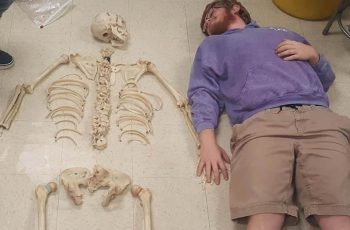
Estimate a Person’s Height from the Bones
In this activity, students use tape measures to estimate the length of their femur, ulna, and tibia. These lengths are then with an equation to estimate their height which can then be prepared to their actual height.
-
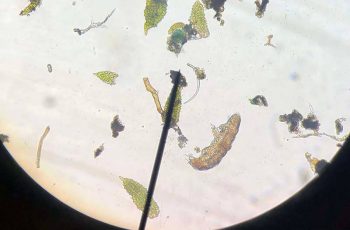
The Tardigrade Project
This project was created for AP Biology students where they scrape lichens from trees near campus and filter them over night so that tardigrades and other microorganisms can be collected from the water.
-
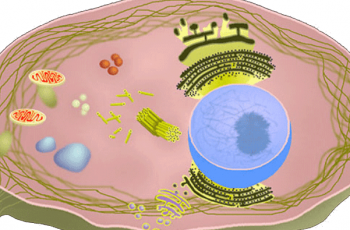
Cells Alive Worksheet
This worksheet follows diagrams and activities at CellsAlive.com which focuses on the size of cells compared to other objects, such as viruses and pollen. Students view interactive plant, animal, and bacteria cells to learn about the different structures associated with each.
-
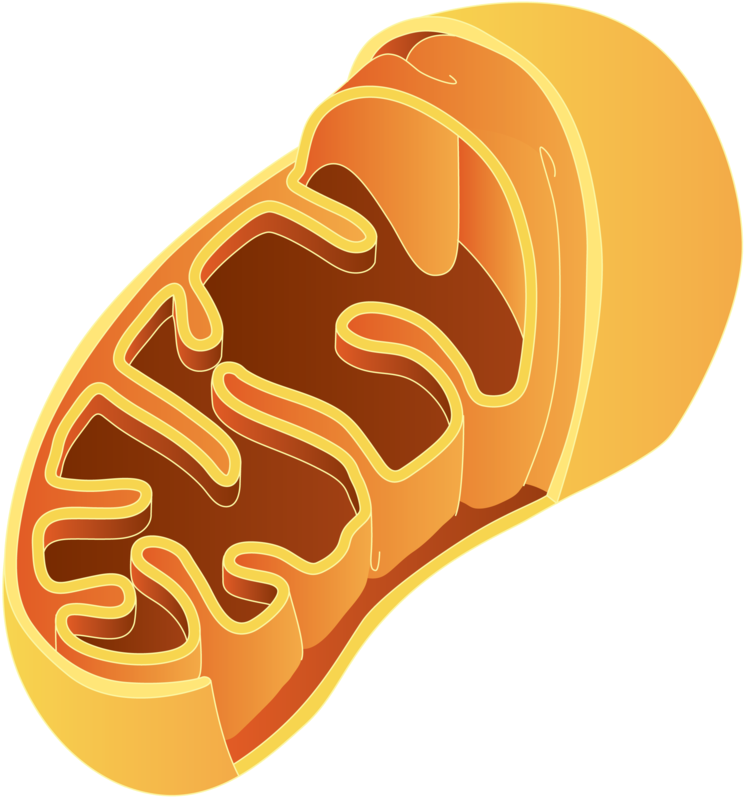
Mitochondria, DNA, and the Aging Process
This short article was designed for anatomy and physiology students studying the cell. The class focuses on how disease states can often be traced back to problems with cells. Senescence, or aging, has been linked to a build-up of mutations in mtDNA.
-
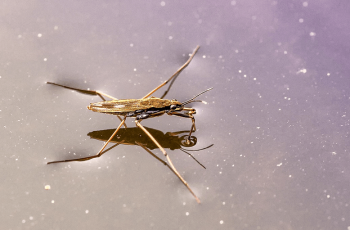
Investigation: How Does a Water Strider Stay Afloat?
This lab was modified from the “Penny Lab” to focus more on the properties of water and how surface tension is important for aquatic organisms like the water strider. The instructions were designed for an intro (vocational) biology class that only meets for a semester.
-
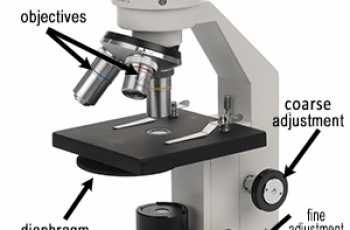
Microscope Introduction – “e” Lab
This lab is similar to the “e” lab used with freshman biology, but designed for students in the vocational track. It has less reading and more detailed steps for using the microscope as well as a larger font and bigger spacing.
-
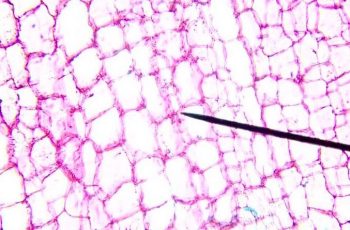
Investigation: Exploring Cells
While biologists might find the history of the cell theory fascinating, I notice that many of my students seem to tune-out when you bring up the history of scientific discoveries. In order to save time and improve engagement, I created this lab to include a short history of the cell theory as students explore prepared…
-
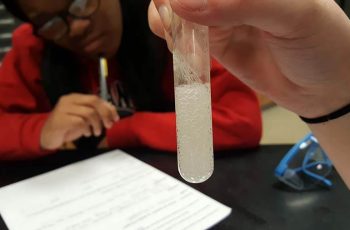
Investigation: How Do Enzymes Work?
This lab is fairly basic, but when given with guided instruction how enzymes catalyze reactions, students can have a hands-on experience into how proteins are related to function.
-
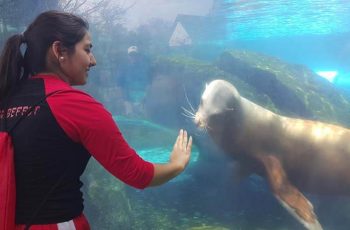
Zoo Scavenger Hunt
A scavenger hunt for the zoo. Students to find animals from the list and photograph them with their cell phones and upload them to Google classroom.

